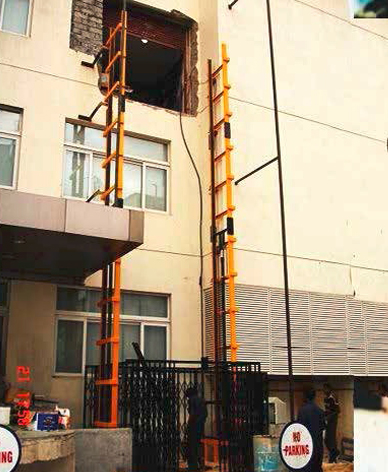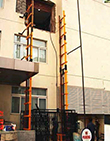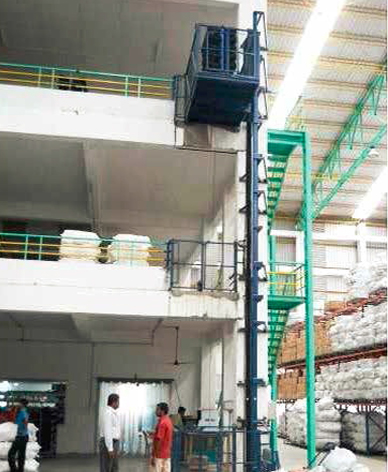At Joist-O-Mech, we pride ourselves on being a trusted manufacturer and supplier of premium-quality hydraulic lift solutions, catering to a diverse clientele across India. With a commitment to excellence and innovation, we specialize in hydraulic elevators, goods lifts, and related products that adhere to the highest standards of safety, efficiency, and durability.
As one of the leading lift manufacturers in India, we offer a comprehensive range of products designed to meet the diverse needs of our customers. Whether you require a hydraulic lift, hydraulic elevator, or hydraulic goods lift, we have the expertise and resources to deliver tailor-made solutions that exceed your expectations.
Our portfolio includes electric hydraulic lifts, designed to provide seamless vertical transportation in various settings, from commercial buildings to industrial facilities. With advanced technology and precision engineering, our lifts ensure smooth operation and reliable performance, enhancing both convenience and productivity for our clients.
With a focus on customer satisfaction, we strive to deliver superior products at competitive prices, making us the preferred choice for hydraulic lift manufacturers in India. Whether you're in Mumbai, Pune, Bangalore, or any other part of the country, our nationwide presence ensures timely delivery and comprehensive support for all your lift requirements.
Our products are trusted by businesses in Goa, Ahmedabad, Surat, Baroda, Bhopal, Kolkata, Madurai, Coimbatore, Daman and Diu, Haridwar, Uttarakhand, Rudrapur, Odisha, Bhubaneswar, Morbi, Udaipur, Hyderabad, Baddi, Chandigarh, Manesar, Bhiwandi, Silvassa, Vapi, Tarapur, Bewandi, Mahape, Ambernath, Sangli, Satara, Alibaug, Kolhapur, Sikkim, Darjeeling, Lucknow, Mangalore, Vijayawada, Vizag, Amritsar, Manipur, Guwahati, Indore, Noida, Gurgaon, Jammu, Thane, Chennai, Bangalore, Nashik, Nagpur, Pune, and Mumbai.
At Joist-O-Mech, we understand the importance of quality and reliability in lift manufacturing. That's why we adhere to stringent quality control measures at every stage of production, ensuring that each hydraulic lift meets the highest industry standards.
In addition to manufacturing hydraulic lifts, we also specialize in goods lift solutions, catering to the specific needs of industries and warehouses. Our goods lift manufacturers are equipped with the expertise to design and fabricate lifts that optimize space utilization and streamline material handling processes.
As pioneers in the field of hydraulic elevator manufacturing, we are committed to continuous innovation and improvement, striving to stay ahead of the curve in terms of technology and design. Whether you need a standard lift or a custom solution, you can rely on Joist-O-Mech to deliver excellence in every aspect of hydraulic lift manufacturing.
Contact us today to learn more about our hydraulic lift solutions and how we can help meet your vertical transportation needs with precision, reliability, and affordability. Experience the difference with Joist-O-Mech, where quality meets innovation in hydraulic lift manufacturing.



































